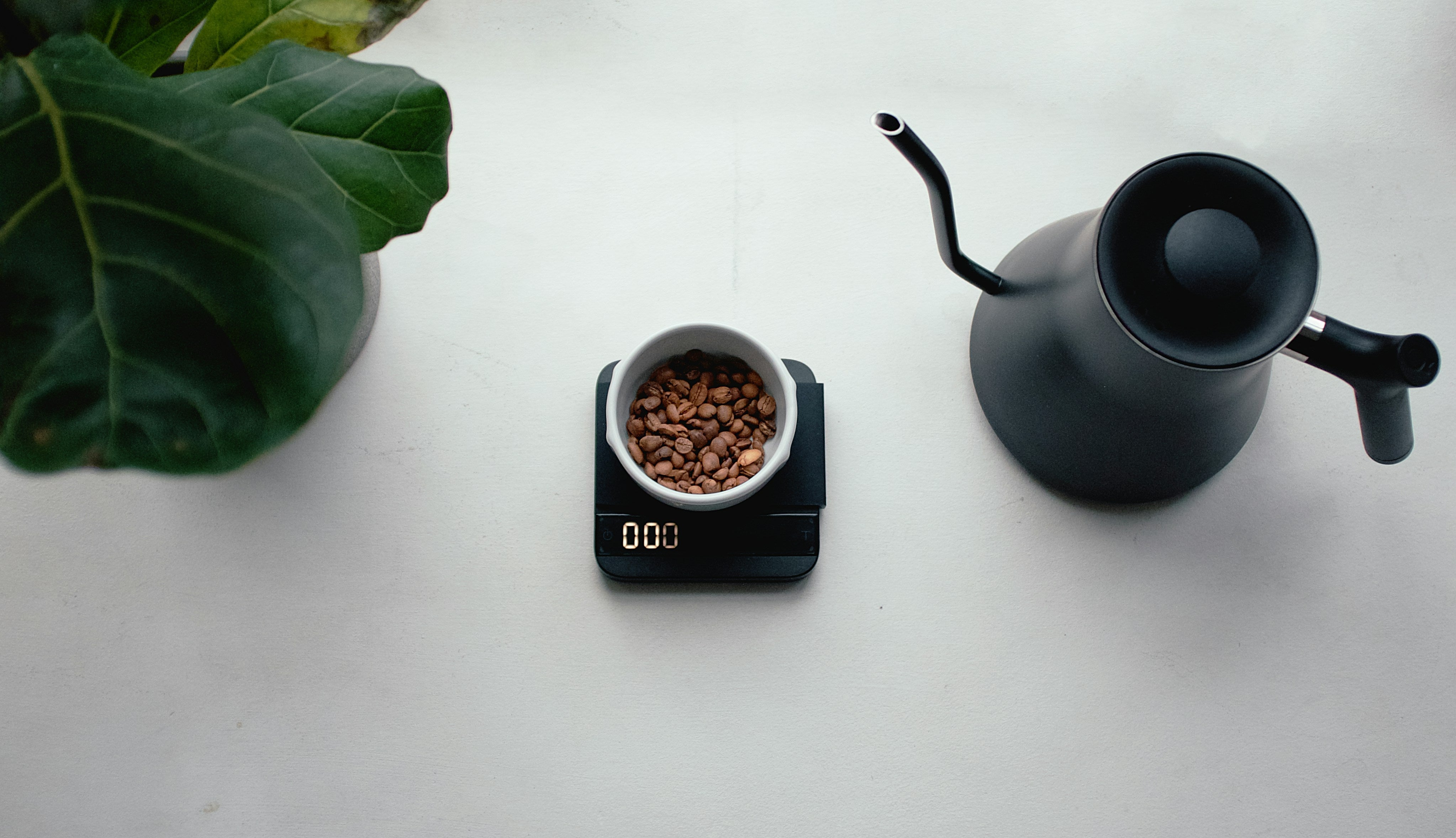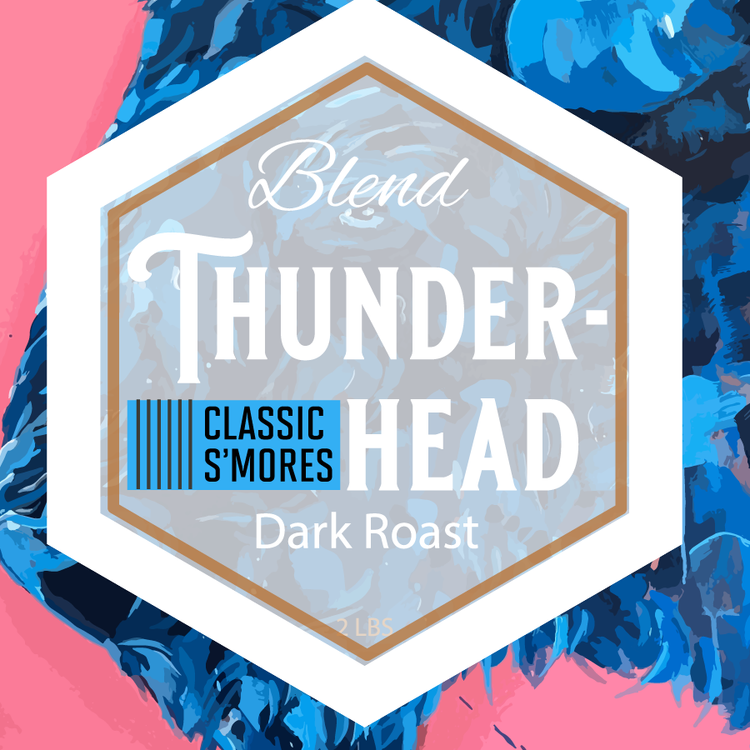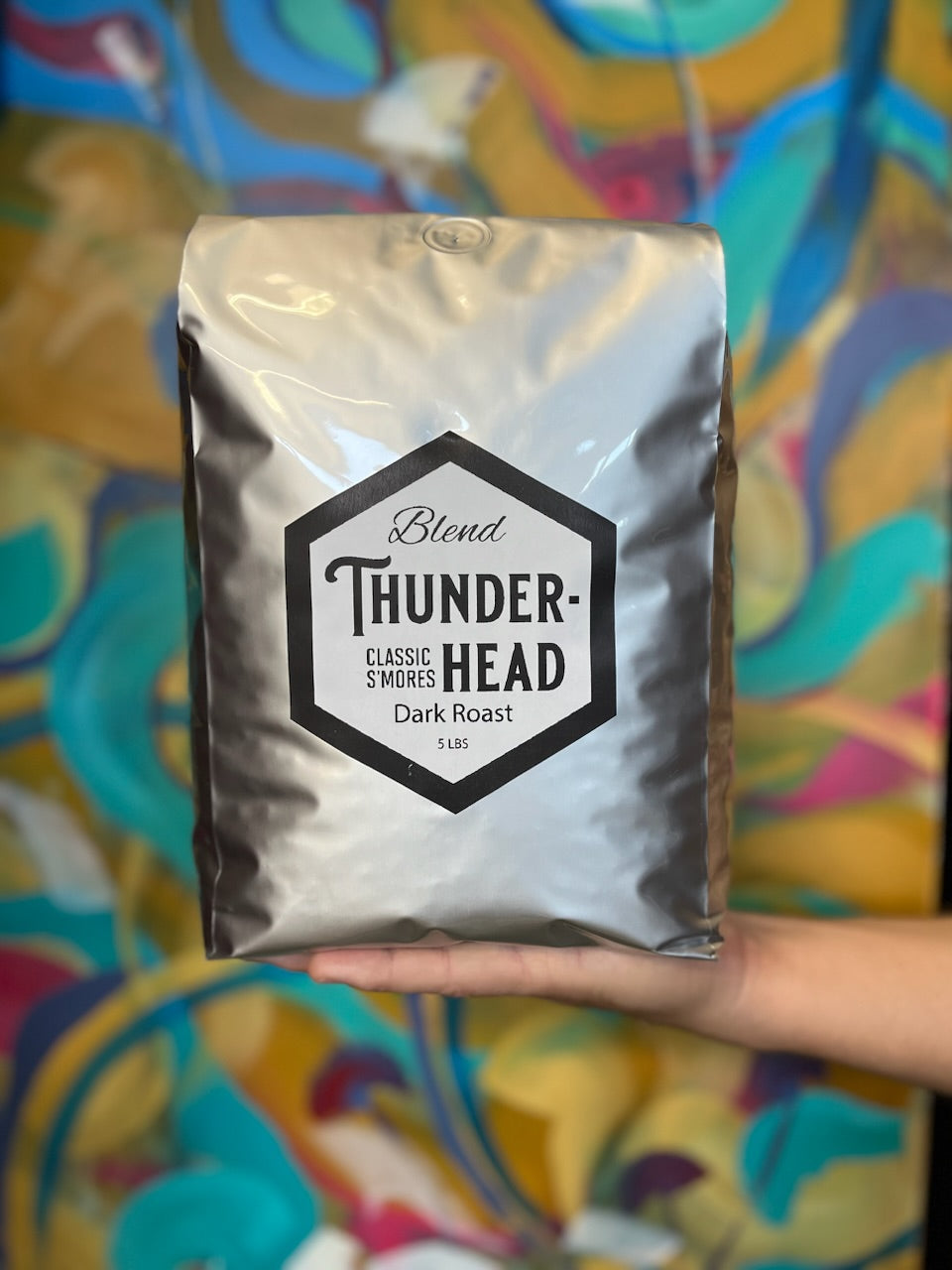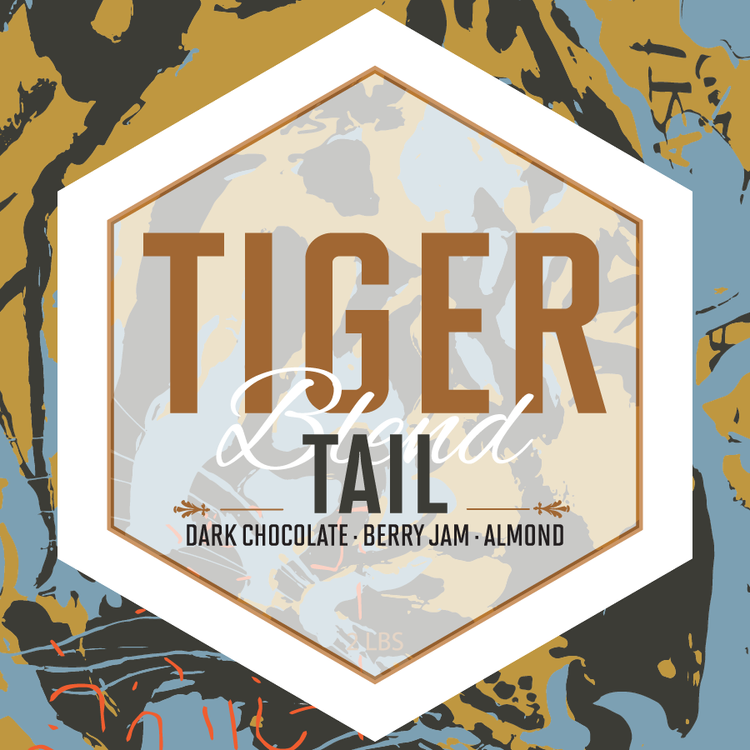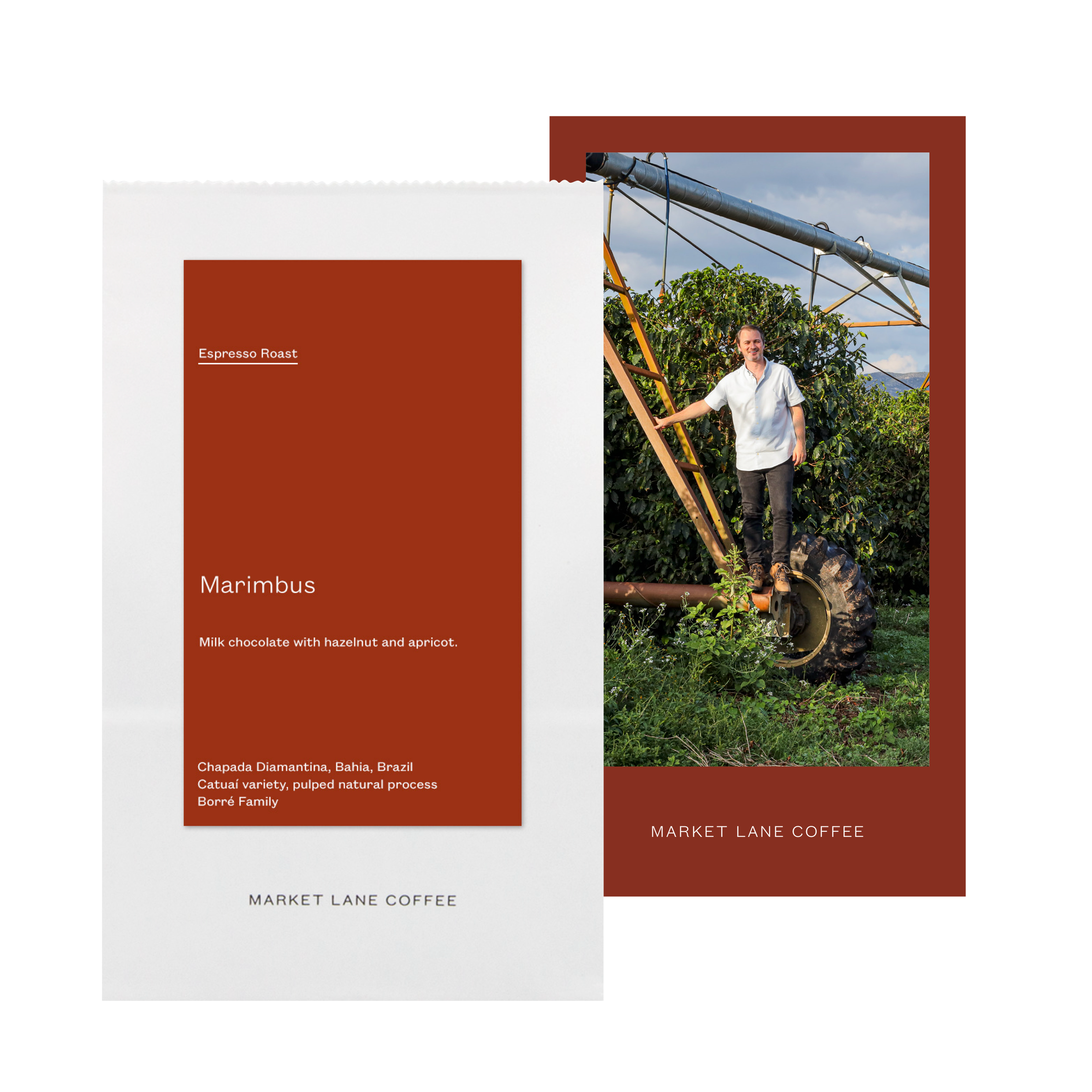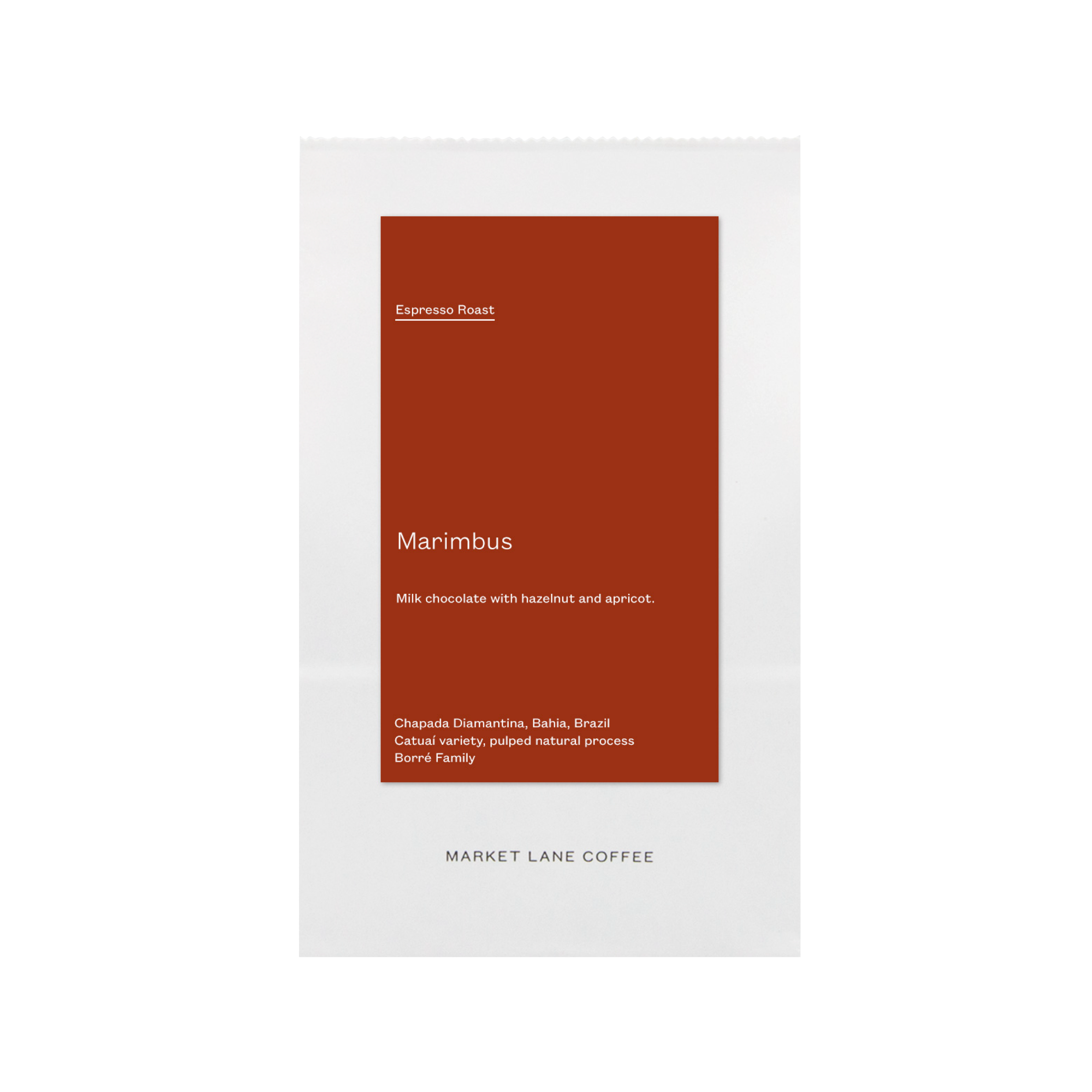Inside the World of Specialty Coffee
The Connoisseur's Cup.
In a sunlit café in Brooklyn's Red Hook neighborhood, Jenna Martinez carefully positions a gooseneck kettle over a ceramic dripper. With practiced precision, she pours hot water in concentric circles over freshly ground coffee beans from a small farm in Ethiopia's Yirgacheffe region. The ritual is methodical, almost meditative. "These beans have notes of blueberry and jasmine," she explains. "The pour-over method helps highlight those delicate flavors."
This isn't just any cup of coffee. It's specialty coffee — a term that has transformed from industry jargon into a cultural movement that's reshaping how Americans and people worldwide think about their daily brew.
Beyond the Buzz: What "Specialty" Really Means
The term "specialty coffee" was first coined in 1974 by Erna Knutsen in an issue of Tea & Coffee Trade Journal, referring to beans with unique flavor profiles produced in special geographic microclimates. Today, the definition encompasses much more than geography.
According to the Specialty Coffee Association (SCA), coffee must score at least 80 points on a 100-point scale to earn the "specialty" designation. This scoring system, performed by certified Q Graders (coffee's equivalent to wine sommeliers), evaluates everything from fragrance and flavor to acidity, body, balance, and aftertaste.
"It's a rigorous process," explains Timothy Hill, Director of Coffee at Counter Culture Coffee and one of only about 4,000 licensed Q Graders worldwide. "We're looking for clarity of flavor, distinctiveness, and the absence of defects. Every step from harvest to cup can impact quality."
But specialty coffee isn't merely about taste scores. It represents a fundamental shift in how coffee is valued, produced, and consumed.
The Journey from Seed to Cup
The story of specialty coffee begins long before brewing. At Finca El Injerto, a fourth-generation coffee farm in Guatemala's Huehuetenango region, Arturo Aguirre Jr. walks between rows of coffee trees growing at elevations exceeding 5,000 feet.
"Each plant requires individual attention," says Aguirre, whose farm has produced multiple Cup of Excellence winners. "We harvest each cherry by hand only when it reaches peak ripeness."
This selective harvesting — picking only the perfectly ripe coffee cherries — represents one of the most crucial differences between specialty and commercial coffee production. While industrial farms often strip branches of all cherries regardless of ripeness, specialty producers prioritize quality over quantity, sometimes making multiple passes through the same trees during harvest season.
After harvesting comes processing — another critical juncture where artistry meets science. Traditional washed processing involves removing the fruit surrounding the coffee seed (the "bean") before drying. Natural processing leaves the fruit intact during drying, imparting more fruity flavors. Newer experimental methods like anaerobic fermentation create even more distinctive flavor profiles.
"Processing is where we can really influence the final cup," explains Aida Batlle, a fifth-generation Salvadoran coffee producer known for pioneering innovative processing techniques. "It's like cooking — we're drawing out different flavors from the same ingredients."
The Art and Science of Roasting
In a warehouse in Portland, Oregon, Connie Blumhardt monitors a batch of single-origin Kenyan beans as they transform from green to golden to medium brown inside a gleaming Probat roaster. As founder of Roast Magazine and owner of Roasters Guild, Blumhardt has witnessed the evolution of coffee roasting from industrial process to culinary art.
"Roasting is about revealing, not concealing," she explains. "We're trying to highlight what makes each coffee unique, not roast away its character."
Traditional commercial roasting often prioritizes consistency across batches and a distinctive "brand taste" — typically achieved through darker roasts that mask bean defects and origin characteristics. Specialty roasters, by contrast, develop roast profiles tailored to each coffee's density, moisture content, and potential flavor attributes.
Andrea Allen, 2020 U.S. Barista Champion and co-founder of Onyx Coffee Lab, describes it as "collaborative cooking" with coffee producers. "Our job as roasters is to honor the work that's been done at origin. When we get exceptional raw coffee, our responsibility is to not mess it up."
The Human Element: Direct Trade and Relationship Coffee
Perhaps the most transformative aspect of specialty coffee has been the development of direct trade relationships between roasters and producers. Unlike traditional commodity markets where farmers sell into a generic pool through multiple intermediaries, direct trade creates transparent supply chains and often results in higher prices paid to farmers.
"When I started buying coffee twenty years ago, I didn't know the names of the farmers we bought from," recalls Peter Giuliano, Chief Research Officer at the Specialty Coffee Association and founding member of the Coffee Research Foundation. "Now we're sharing meals with them, visiting their farms, understanding their challenges. It's revolutionized how coffee moves through the supply chain."
At Counter Culture Coffee's training center in Durham, North Carolina, a wall displays photographs of producer partners alongside detailed information about each farm. This transparency — unheard of in the commodity coffee world — represents a fundamental shift in coffee economics.
"Specialty coffee creates a connection between consumer and producer that simply doesn't exist in commodity markets," explains Phyllis Johnson, founder of BD Imports and advocate for diversity in the coffee industry. "When consumers understand the value of that connection, they're willing to pay prices that reflect the true cost of production."
This willingness to pay premium prices has transformed communities in coffee-growing regions. In Ethiopia's Gedeo Zone, specialty coffee premiums have funded schools and healthcare facilities. In Colombia's Huila department, higher coffee income has stabilized rural communities, creating alternatives to cocaine production and armed conflict.
Buy Medium Roast Specialty Coffee
Beyond Fair Trade: The Limits of Certification
While fair trade certification pioneered concepts of ethical sourcing in coffee, the specialty coffee industry has increasingly moved beyond certification schemes toward more direct relationships and transparent pricing models.
"Fair trade set an important baseline," explains Mayra Orellana-Powell, founder of Catracha Coffee Company and partnership director at Royal Coffee. "But specialty coffee demands going deeper than certification. We're talking about specific farms, specific lots, specific processes — and prices that reflect that specificity."
This shift toward "relationship coffee" has created new accountability mechanisms. Where fair trade certification provides a minimum price floor (currently $1.40 per pound plus a $0.20 premium), direct trade relationships in specialty coffee often result in prices two to three times higher. Counter Culture Coffee, for example, publishes an annual transparency report detailing prices paid to each producer partner — which averaged $3.51 per pound in 2023, compared to commodity market prices that fluctuated between $1.40 and $2.10.
The Modern Coffee Experience
Back in Brooklyn, Martinez finishes brewing the Ethiopian pour-over. The café — like thousands of specialty coffee shops worldwide — has become more than just a place to purchase caffeine. It's an educational space, a community hub, and a showcase for agricultural products treated with wine-like reverence.
"When I started in coffee fifteen years ago, nobody asked where their coffee came from," Martinez says. "Now people want to know the producer's name, the variety, the processing method. They care about the story."
This evolution reflects broader changes in American food culture, with increasing emphasis on provenance, craftsmanship, and sustainability. Specialty coffee — with its focus on traceability and transparency — satisfies consumers' desire for both ethical consumption and sensory discovery.
"Coffee is one of the few affordable luxuries," notes James Hoffmann, author of "The World Atlas of Coffee" and 2007 World Barista Champion. "For the price of a movie ticket, you can taste something truly extraordinary that connects you to another part of the world."
The Future in Your Cup
Despite its growth, specialty coffee faces significant challenges. Climate change threatens traditional growing regions, with some studies projecting that more than 50% of current coffee lands may become unsuitable for cultivation by 2050. Rising temperatures also affect quality, altering flavor development and increasing pest pressure.
The economic sustainability of specialty coffee remains precarious as well. Even with higher prices, many coffee producers struggle to maintain profitable businesses, particularly smallholders with limited land.
"The specialty coffee movement has created unprecedented quality and connection," says Hanna Neuschwander, director of communications at World Coffee Research. "But we need to ensure the model is sustainable for producers facing escalating costs and climate instability."
Innovation offers some hope. New hybrid varieties combine disease resistance with cup quality. Improved processing technologies reduce water usage and environmental impact. And emerging origins — from China's Yunnan province to Zimbabwe's Eastern Highlands — are producing exciting coffees that expand the specialty map.
Perhaps most importantly, specialty coffee has forever changed how we value what's in our cups. By revealing coffee's potential complexity and connecting consumers to producers, the movement has transformed an everyday commodity into something worthy of contemplation.
As Martinez serves the meticulously brewed Ethiopian coffee, a customer takes a thoughtful sip. "I taste blueberries," he says with surprise. "And something floral."
Martinez smiles. That moment of discovery — the recognition that coffee can taste like far more than just "coffee" — remains the specialty coffee movement's most powerful achievement.

SIDEBAR: BREWING SPECIALTY COFFEE AT HOME
The Essentials:
- Freshly roasted beans: Look for a roast date within the past two weeks
- Proper grinder: Burr grinders provide more consistent particle size than blade grinders
- Scale: Measuring by weight (not volume) ensures consistency
- Quality water: Coffee is 98% water; filtered water makes a noticeable difference
- Timer: Different brewing methods require different extraction times
Popular brewing methods:
- Pour-over (Hario V60, Chemex): Produces clean, bright flavors; highlights acidity and floral notes
- French Press: Creates full-bodied coffee with rich mouthfeel
- AeroPress: Versatile brewer that can produce espresso-like concentration or clean filtered coffee
- Espresso: The most technically demanding method, requiring specialized equipment
- Cold Brew: Low-acid, smooth-drinking coffee ideal for summer
The Golden Ratio: Start with 1:16 (coffee to water) and adjust to taste. For pour-over, that's about 22g coffee to 350ml water for a 12oz cup.
FACTS BOX: SPECIALTY COFFEE BY THE NUMBERS
- Market share: Specialty coffee represents approximately 37% of U.S. coffee cups and over 50% of industry revenue
- Scoring threshold: 80+ points on the SCA 100-point scale qualifies as "specialty grade"
- Price differential: Specialty green coffee typically sells for 2-3× commodity market prices
- Growth rate: The specialty coffee market has grown at approximately 13% annually since 2015
- Employment impact: An estimated 125 million people worldwide depend on coffee for their livelihoods
- Carbon footprint: One pound of roasted coffee generates approximately 11 pounds of CO2 from farm to cup

